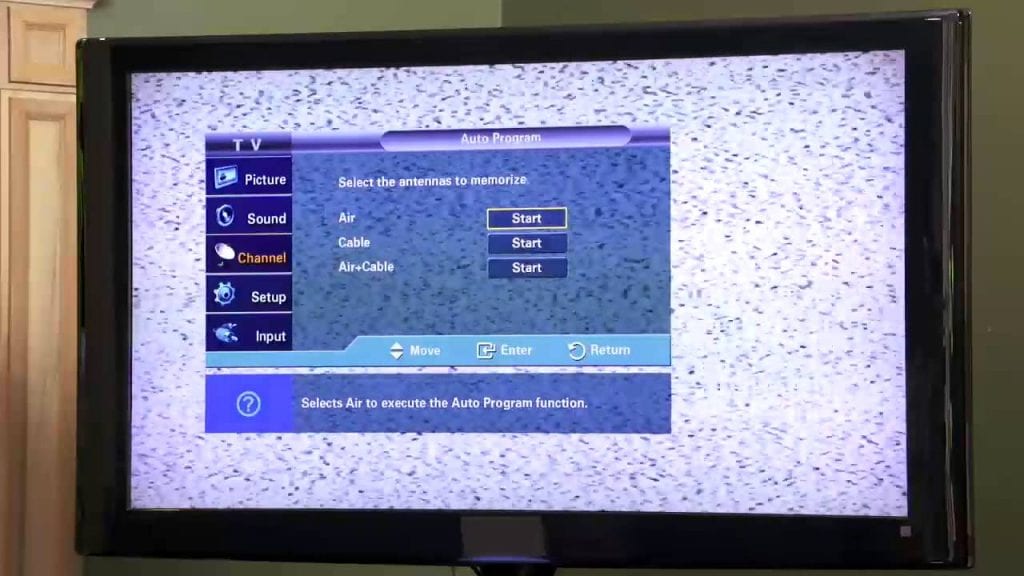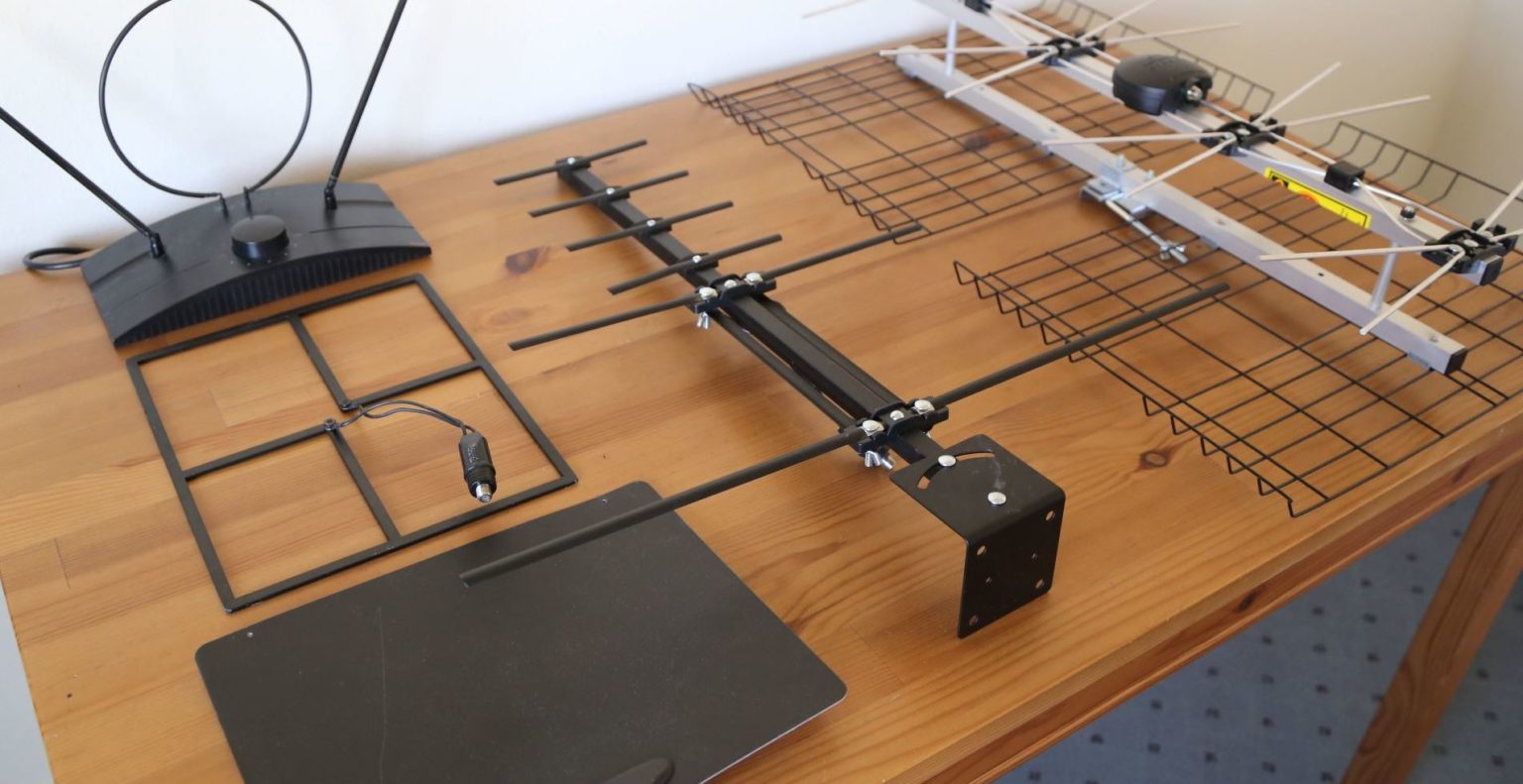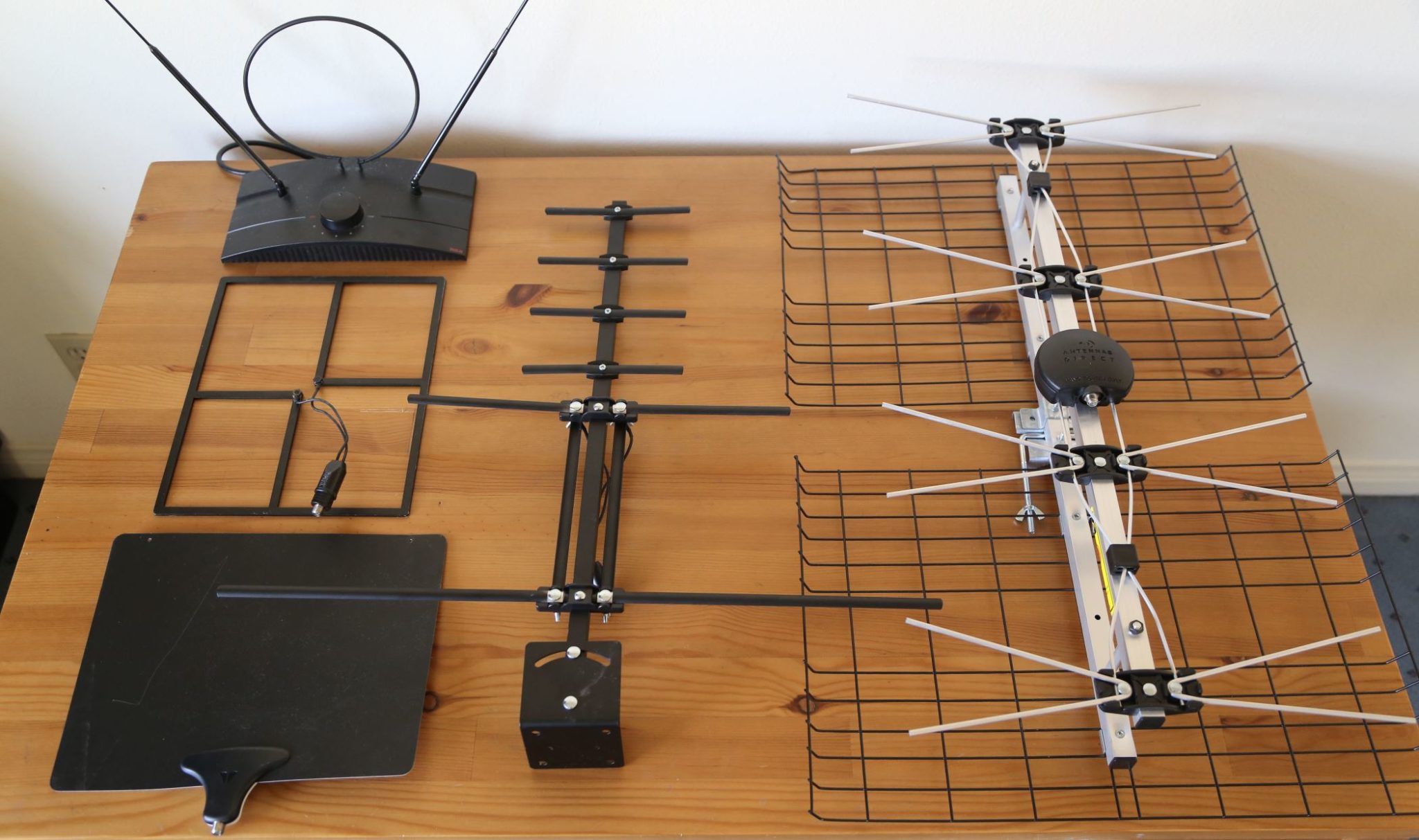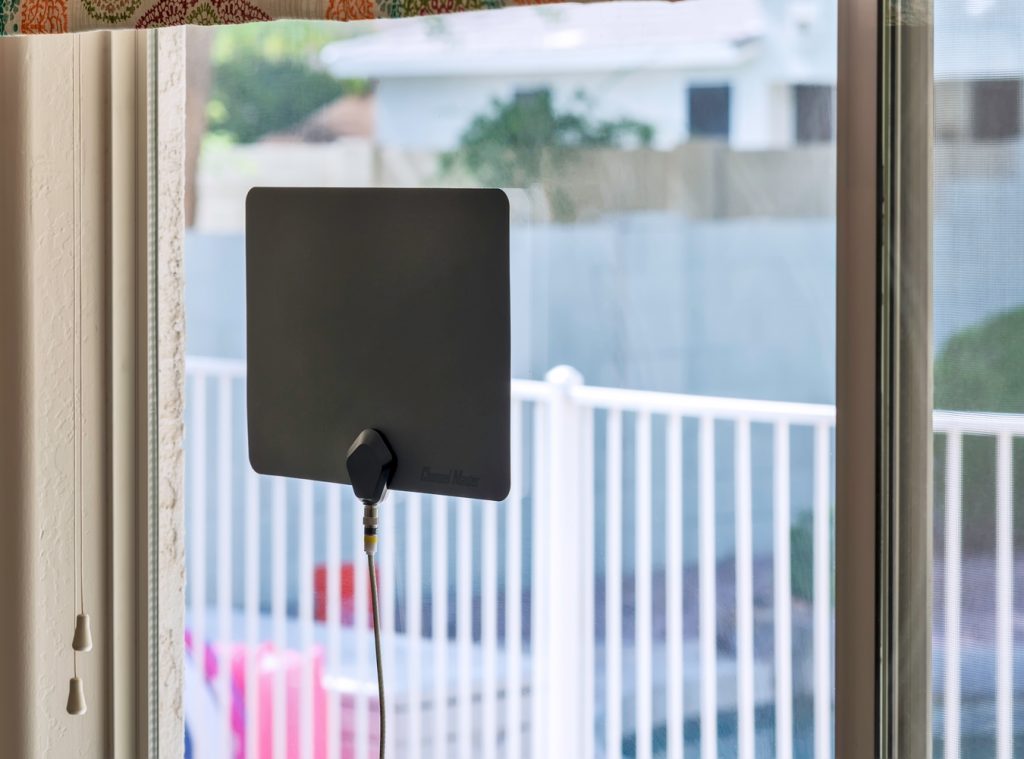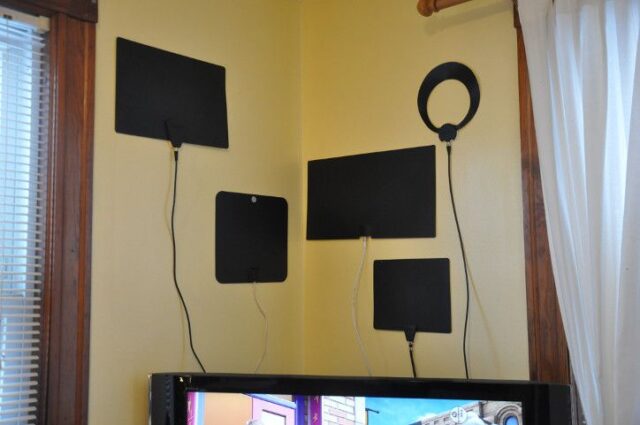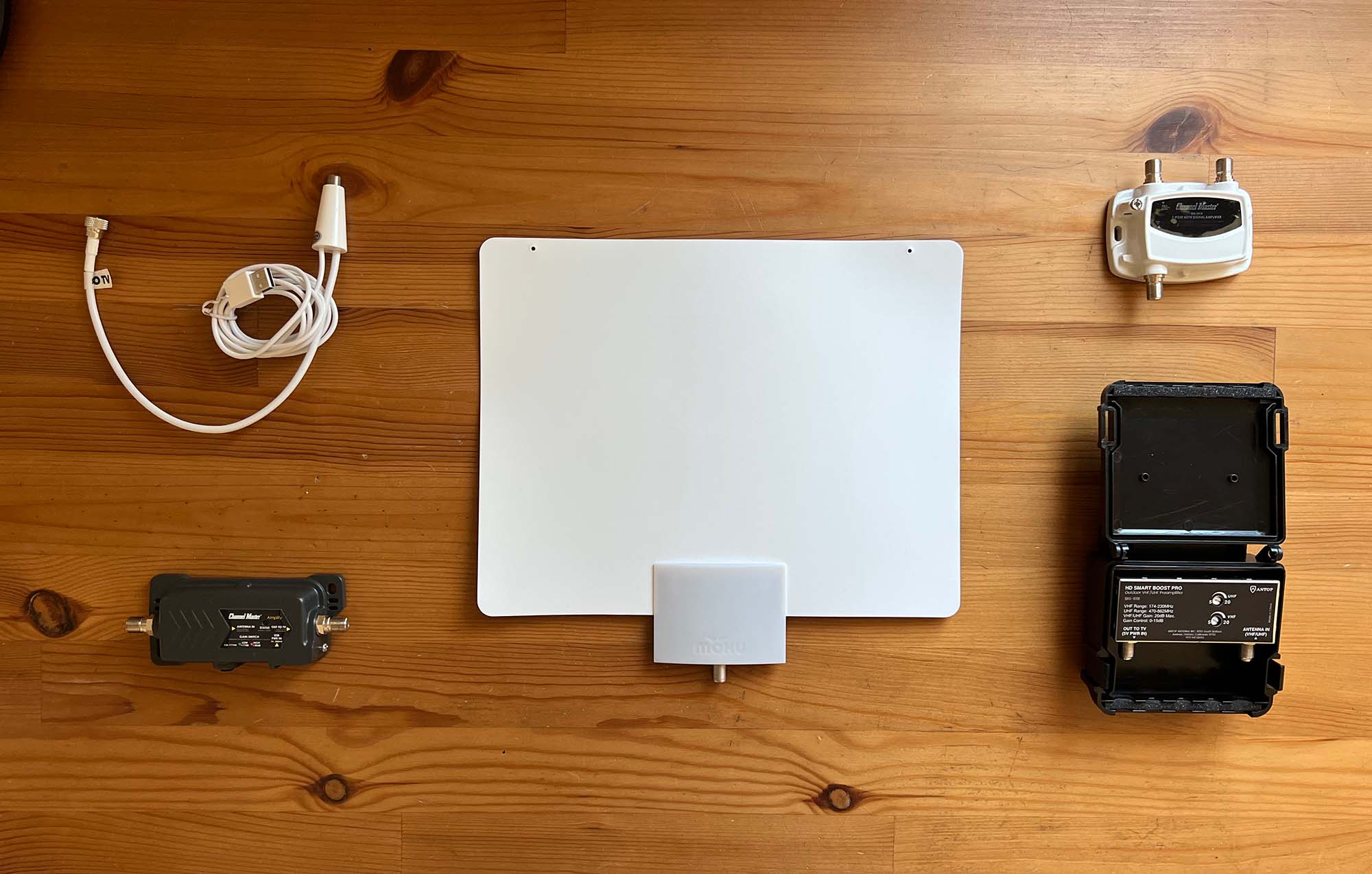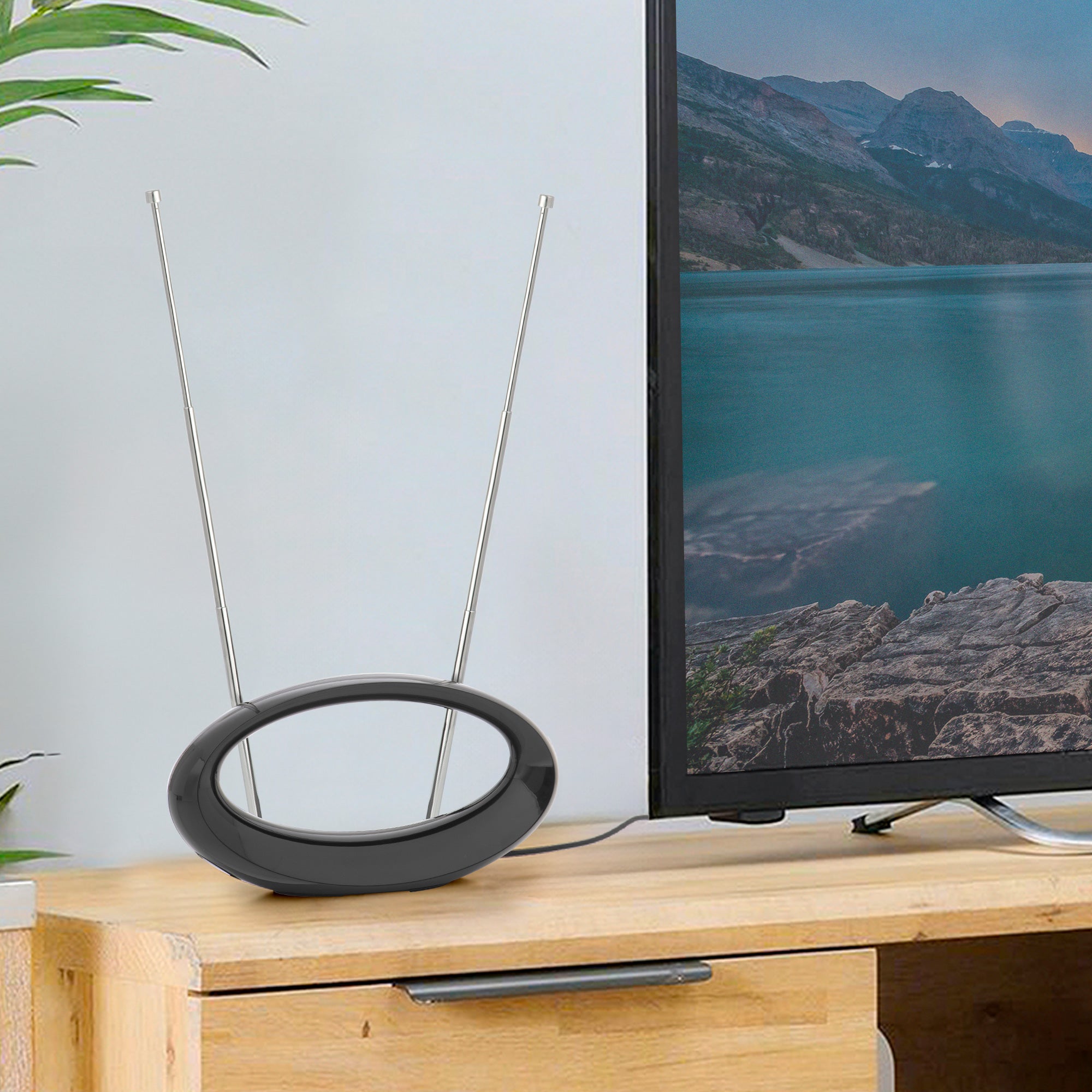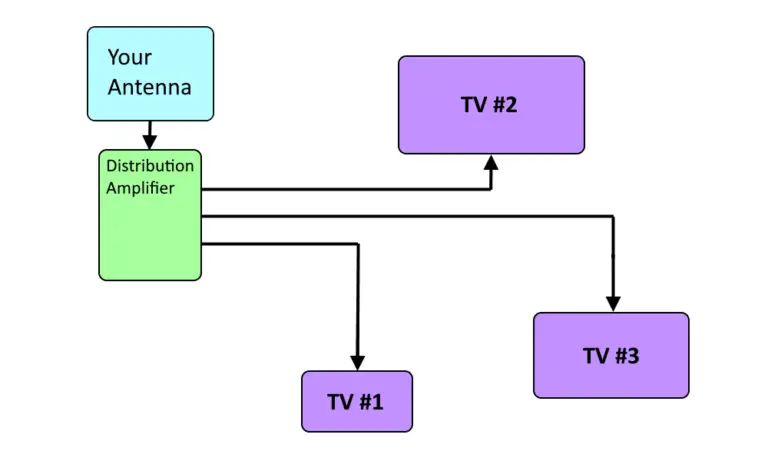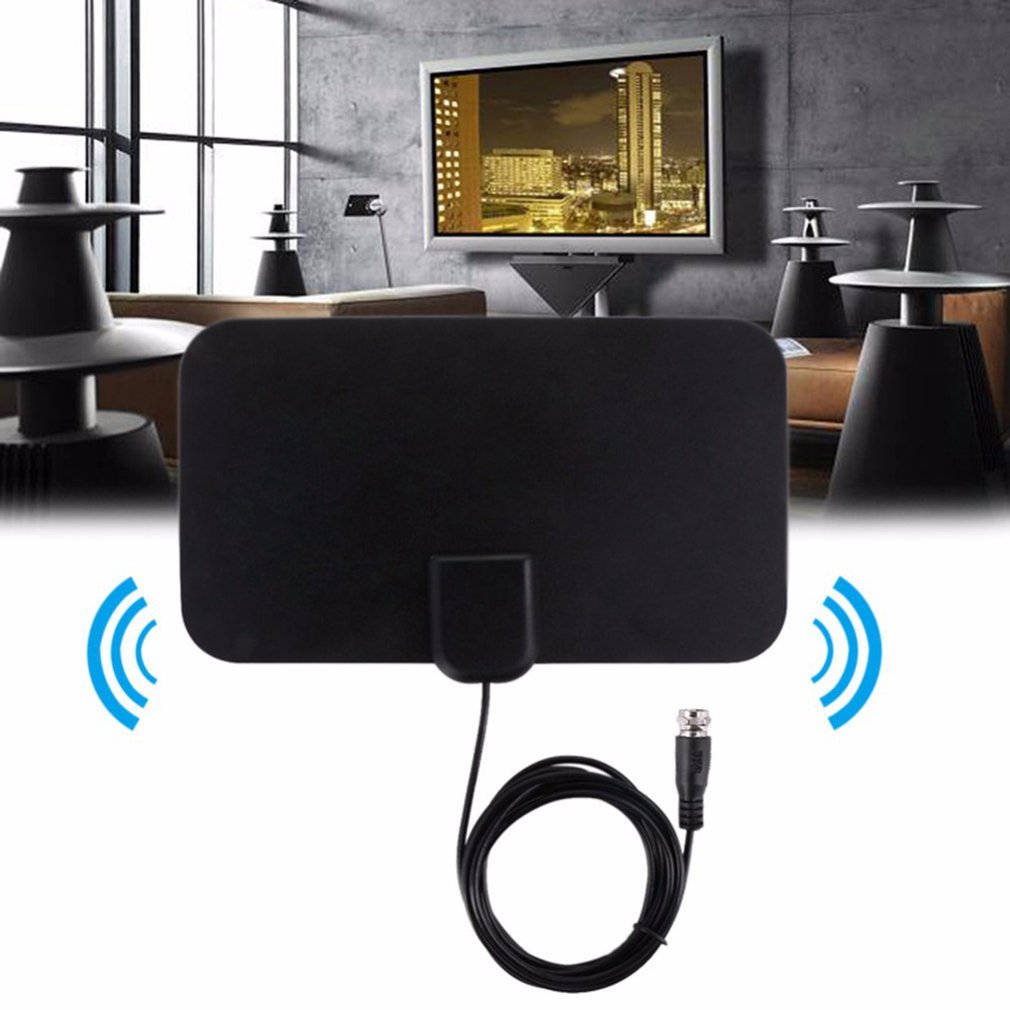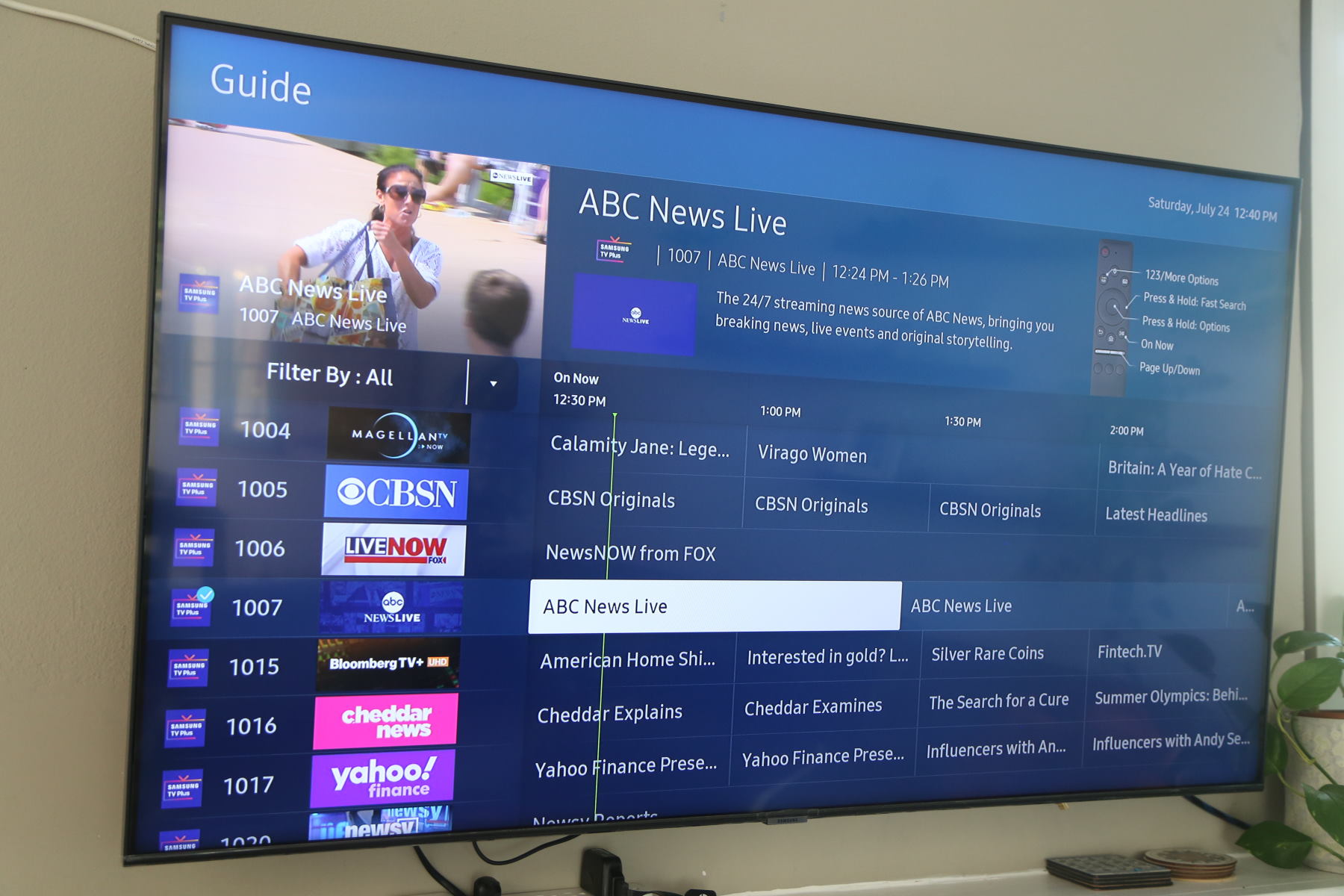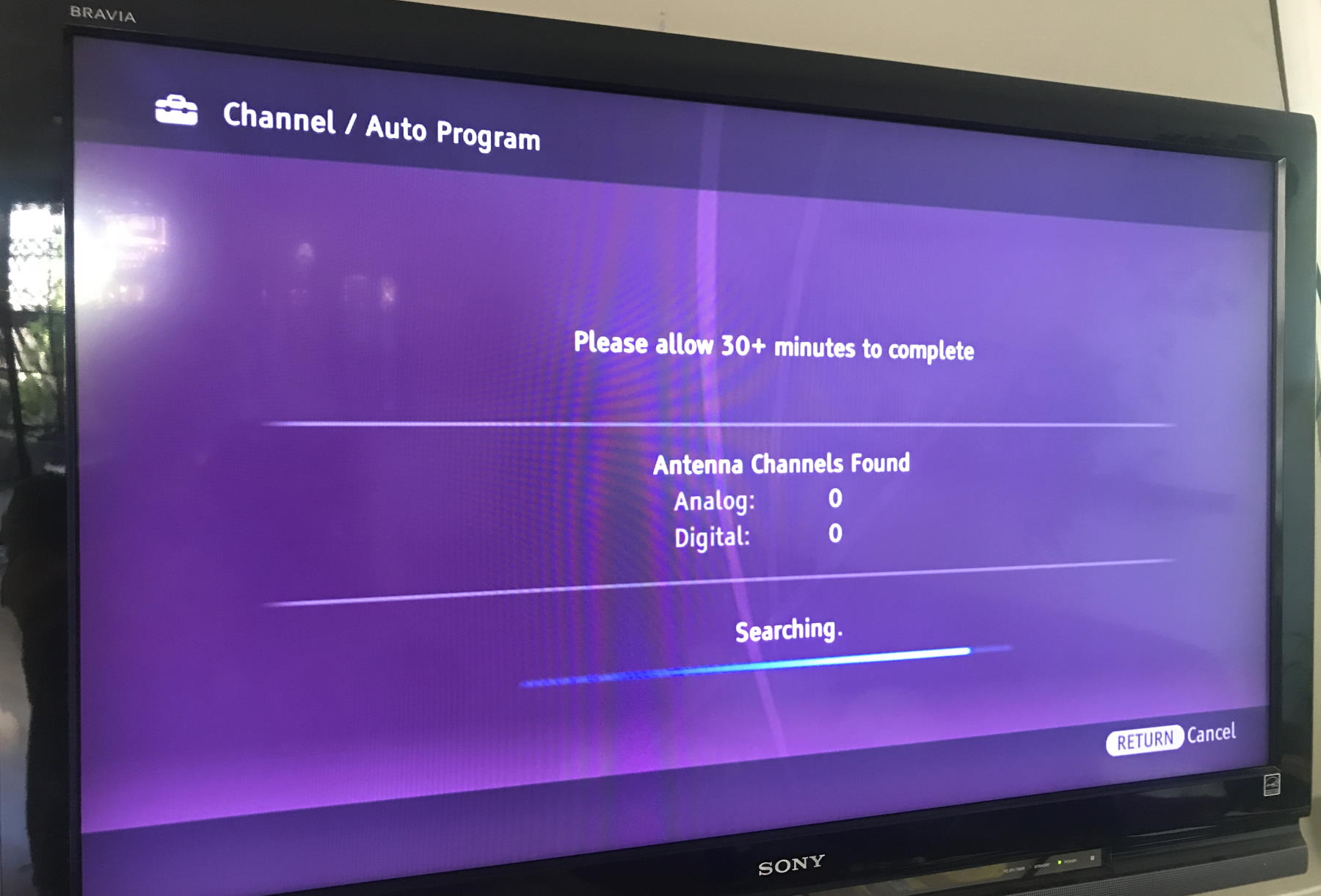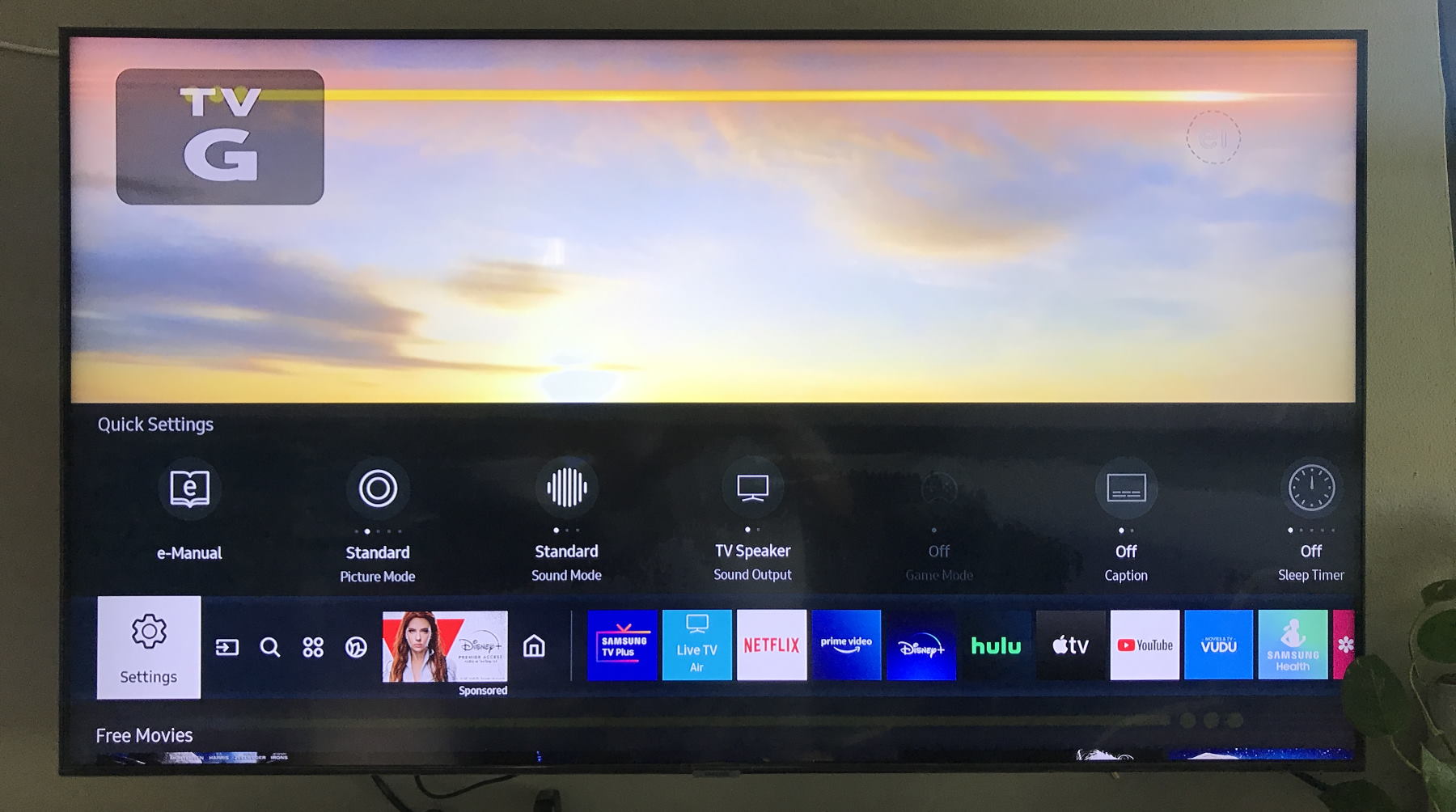How To Get More Channels With Indoor Antenna

In an era dominated by streaming services, many are rediscovering the affordability and accessibility of over-the-air (OTA) television. A growing number of households are turning to indoor antennas as a way to access free local channels, raising the question: how can you maximize the number of channels received with an indoor antenna?
This resurgence of OTA television stems from a desire to cut cable costs and access local news, sports, and entertainment without monthly subscriptions. Understanding the factors that influence antenna performance and employing strategic techniques can significantly boost channel reception.
Understanding the Basics of Indoor Antennas
Indoor antennas receive digital television signals broadcast by local stations. These signals travel through the air and are captured by the antenna, which then sends the signal to your television. The Federal Communications Commission (FCC) regulates these broadcasts.
Several factors affect how well an indoor antenna performs, including location, antenna type, and obstructions.
Location, Location, Location
Location is perhaps the most crucial factor. Placing your antenna near a window, ideally facing the direction of the broadcast towers, can significantly improve reception. Websites like AntennaWeb.org can help identify the location of broadcast towers in your area.
Experimenting with different locations is essential. Even moving the antenna a few feet can make a difference.
Choosing the Right Antenna
Indoor antennas come in various types, including flat antennas, amplified antennas, and loop antennas. Flat antennas are often aesthetically pleasing and easy to mount, while amplified antennas boost weak signals. Loop antennas, an older design, can sometimes offer better performance in specific situations.
Consider the range of the antenna. Antennas with longer ranges are generally more effective at picking up signals from distant towers.
Overcoming Obstructions
Obstructions such as walls, trees, and buildings can weaken or block television signals. Concrete and metal are particularly problematic. Positioning the antenna to minimize these obstructions is vital for optimal reception.
Elevating the antenna can also help clear obstructions. Try mounting the antenna on a wall or placing it on a high shelf.
Strategies for Maximizing Channel Reception
Beyond basic placement, several strategies can enhance the number of channels received. These include adjusting antenna direction, using an amplifier, and rescanning for channels.
Fine-Tuning Antenna Direction
Even when facing the general direction of broadcast towers, small adjustments in antenna direction can improve signal strength. Rotate the antenna slowly and observe the signal strength on your television.
Some antennas have directional capabilities, allowing you to focus on specific broadcast towers.
The Role of Amplifiers
An amplifier can boost weak signals, increasing the likelihood of receiving more channels. However, amplifiers can also amplify noise, so it's important to choose a quality amplifier and avoid over-amplification. Consider an amplifier if you are far from broadcast towers or encounter significant signal interference.
According to a study by Consumer Reports, not all amplified antennas perform equally well. Researching and reading reviews before purchasing an amplifier is recommended.
Rescanning for Channels
After making adjustments to your antenna, it's crucial to rescan for channels on your television. This process tells your TV to search for available signals and update the channel list. Most TVs have a "channel scan" or "auto-program" option in the settings menu.
Rescanning should be done periodically, especially after moving the antenna or if you suspect that channels have changed frequency.
The Human Element: A Story of Savings and Satisfaction
For Maria Rodriguez, a single mother of two, switching to an indoor antenna was a game-changer. "Cable was costing me almost $100 a month," she says. "With the antenna, I get all the local channels my kids and I need, and it's completely free."
Rodriguez initially struggled with reception but, after experimenting with different locations and using an amplifier, she was able to receive over 30 channels. Her story highlights the potential for significant cost savings and increased access to information and entertainment through OTA television.
Potential Impact and Future Trends
The growing popularity of indoor antennas could have a notable impact on the broadcasting industry. As more people opt for OTA television, cable companies may face increased pressure to lower prices and offer more competitive services. This trend also supports the sustainability of local broadcasters by offering a viable platform for reaching the audience.
Technological advancements in antenna design are likely to further improve reception quality and increase the number of channels available to viewers. This could lead to even greater adoption of OTA television in the future.
Ultimately, maximizing the channels received with an indoor antenna involves a combination of understanding the technology, employing strategic techniques, and a bit of experimentation. The reward is free access to local television, a valuable resource for news, entertainment, and community information.
